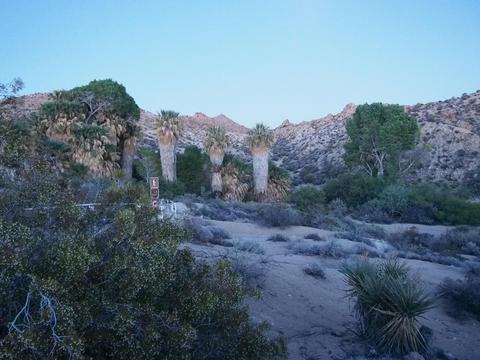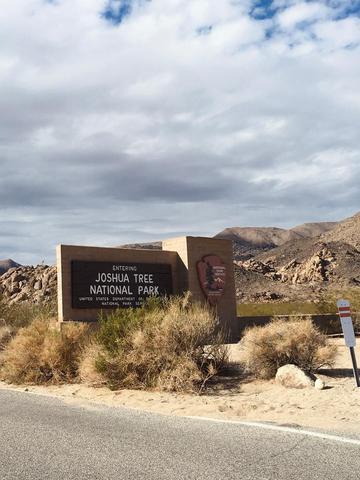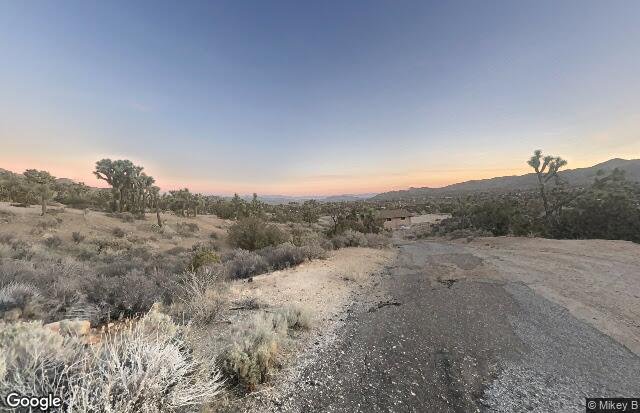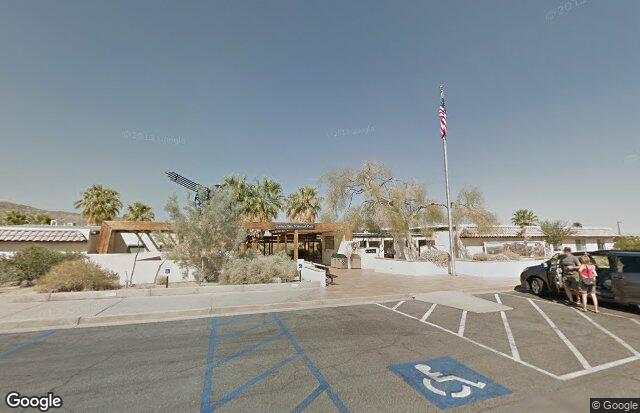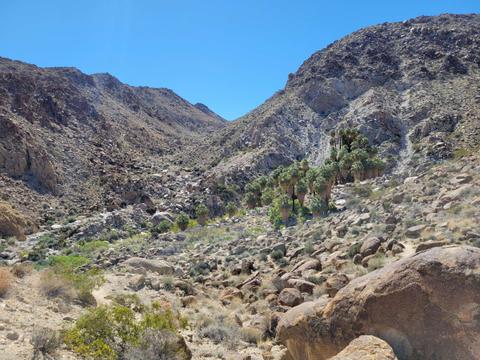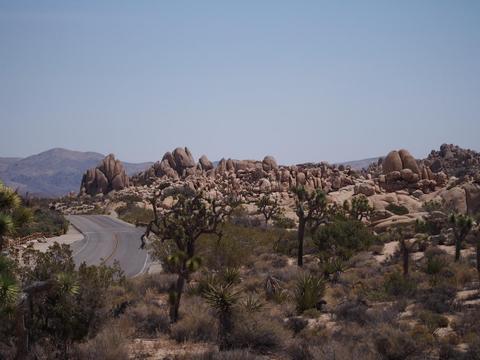
Joshua Tree National Park
About this Location
Two distinct desert ecosystems, the Mojave and the Colorado, come together in Joshua Tree National Park. A fascinating variety of plants and animals make their homes in a land sculpted by strong winds and occasional torrents of rain. Dark night skies, a rich cultural history, and surreal geologic features add to the wonder of this vast wilderness in southern California. Come explore for yourself.
With over 250 species of birds recorded from Joshua Tree National Park, it is understandable that the park affords a rewarding place to study them. This is especially true during the winter months when migrants abound.
The vast majority of our recorded bird species are migrants and vagrants. Lying astride the inland portion of the Pacific flyway, the park serves as a rest stop for many migrants. The aquatic areas of Barker Dam and the Desert Queen Ranch attract many types of waterfowl on their way to the Salton Sea, birds that would not otherwise be seen in the desert. Rest stops are important for most migratory birds for purposes of water intake and for metabolism of fat reserves, which may not keep pace with energy use while they are actually in flight. Many of our migrants are actually residents of the nearby mountains, from which they fly to escape the heavy winter snows.
Although most birds require drinking water almost every day, this is not such a limiting factor as might be supposed. There are many springs and seeps in the park, which are readily accessible to animals that can fly to them. The chief limiting factor for birds in the desert is food. Birds require relatively large amounts of food daily, especially during the breeding season. Thus, it is understandable that there are only 78 species of birds known to nest and raise young in the park.
The park is an attractive place to sight and watch birds. The lack of dense vegetation makes birds much easier to see here than in most national parks. Golden eagles hunt in the park regularly. The roadrunner, of cartoon fame, is an easily recognized resident. And the call of Gambel's quail is a noteworthy sound of the desert.
There are three park entrance stations:
•The West Entrance is located five miles south of the junction of Highway 62 and Park Boulevard at Joshua Tree Village.
•The North Entrance is in Twentynine Palms, three miles south of the junction of Highway 62 and Utah Trail.
•The South Entrance near Cottonwood Spring is an access point along Interstate 10, 25 miles east of Indio.
Content from Official Website
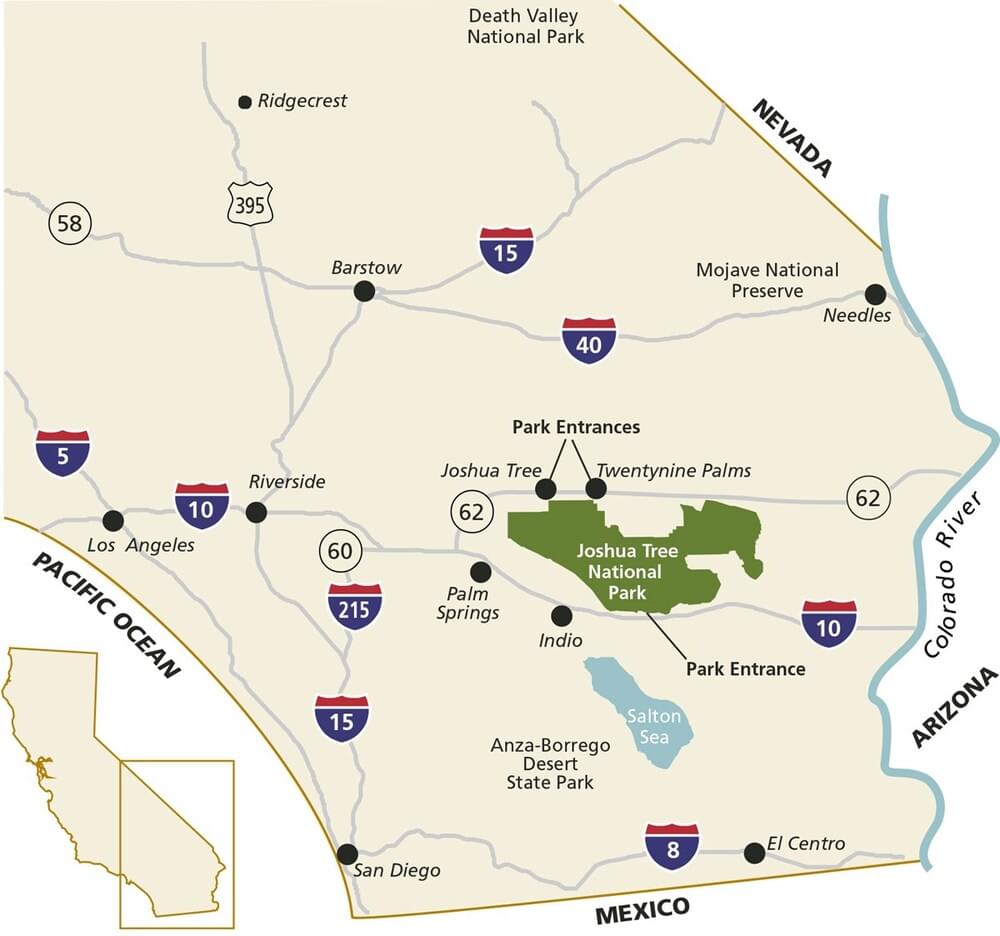 Large area map of Joshua Tree National Park.
Large area map of Joshua Tree National Park.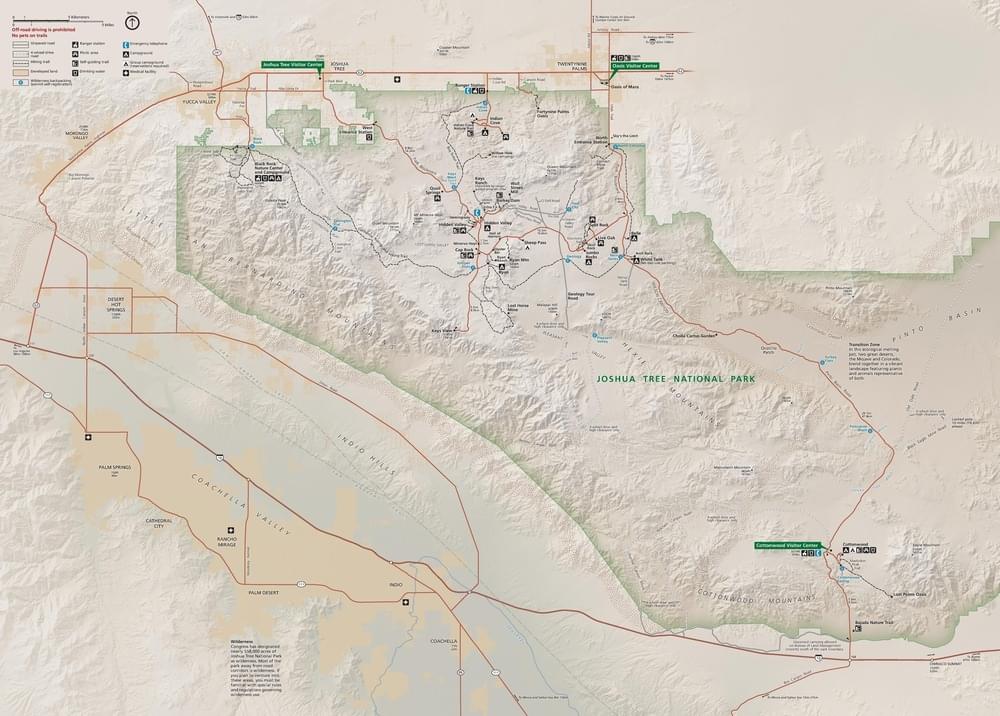 Map of Joshua Tree National Park
Map of Joshua Tree National Park